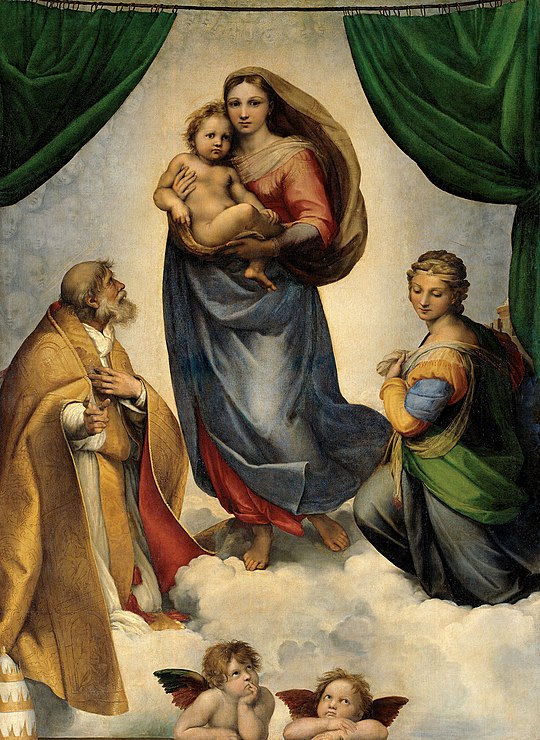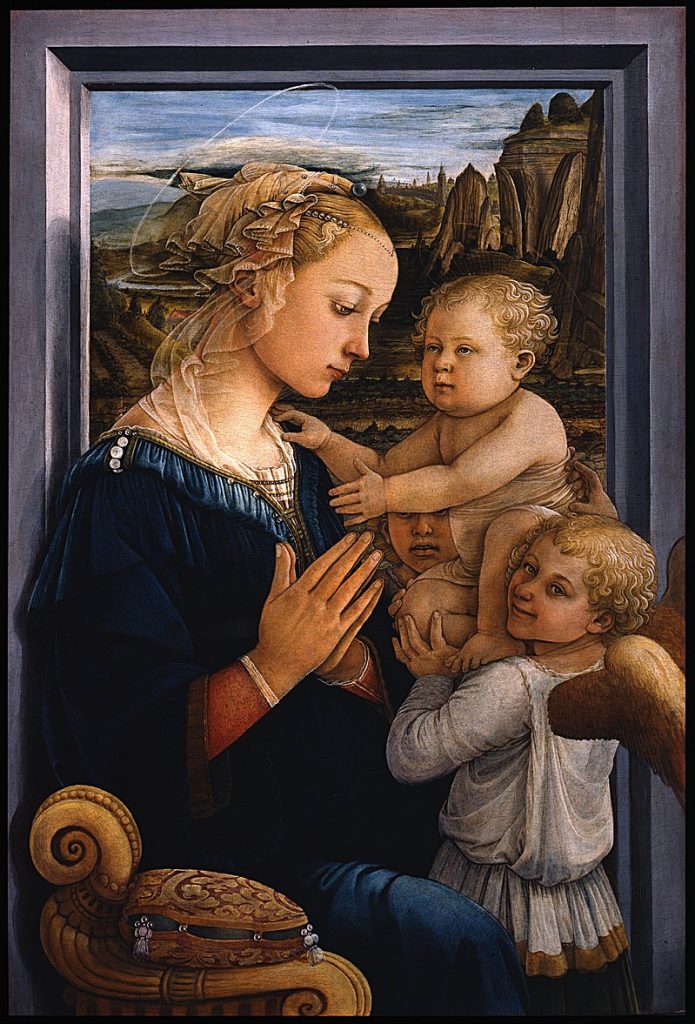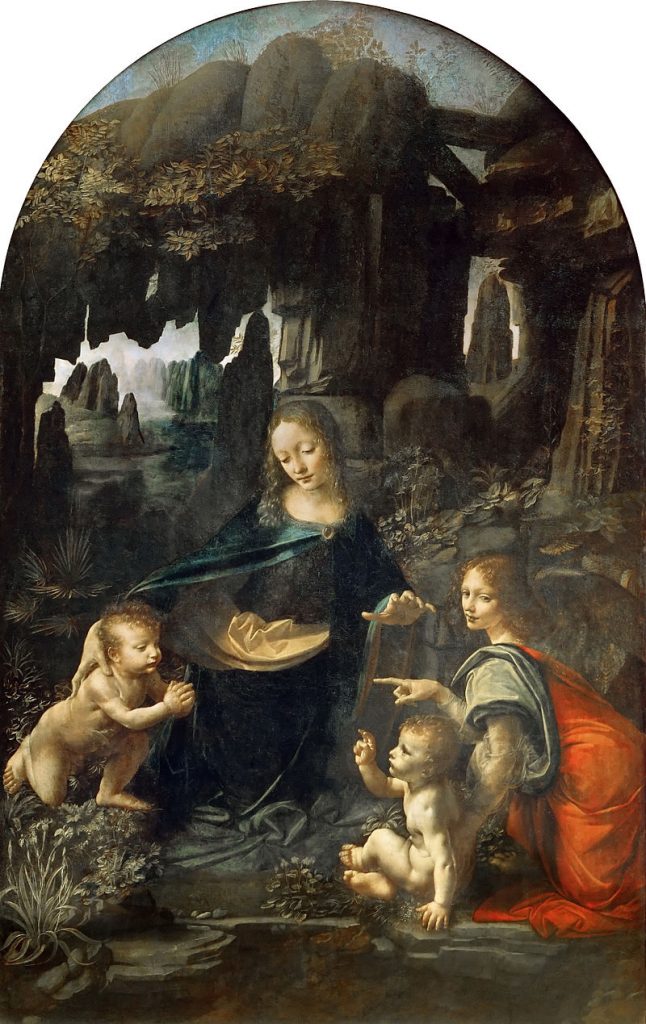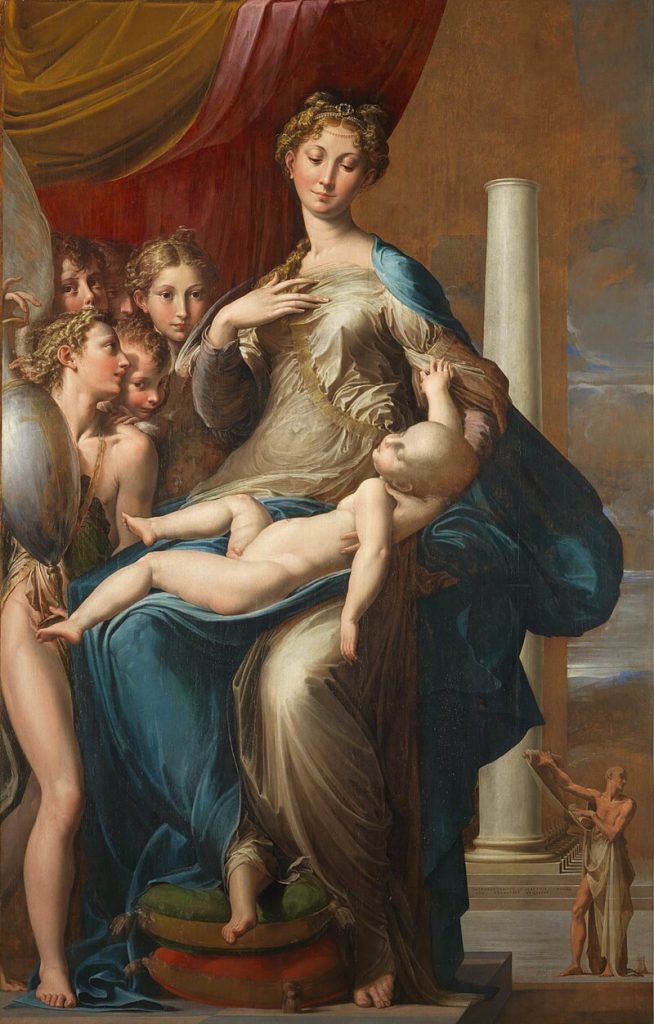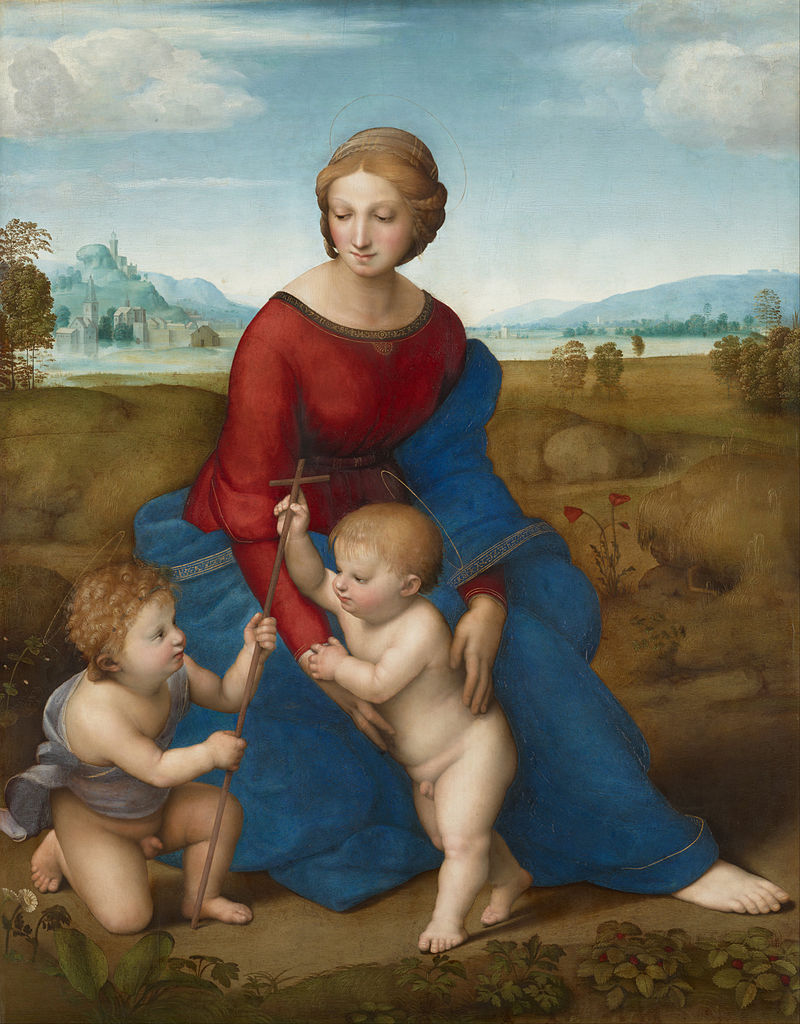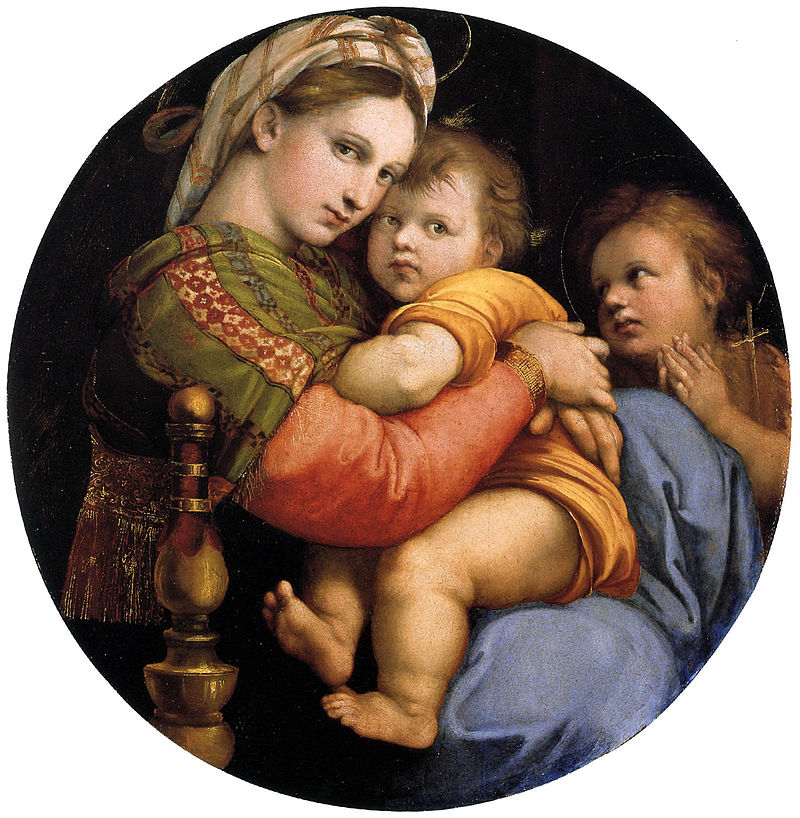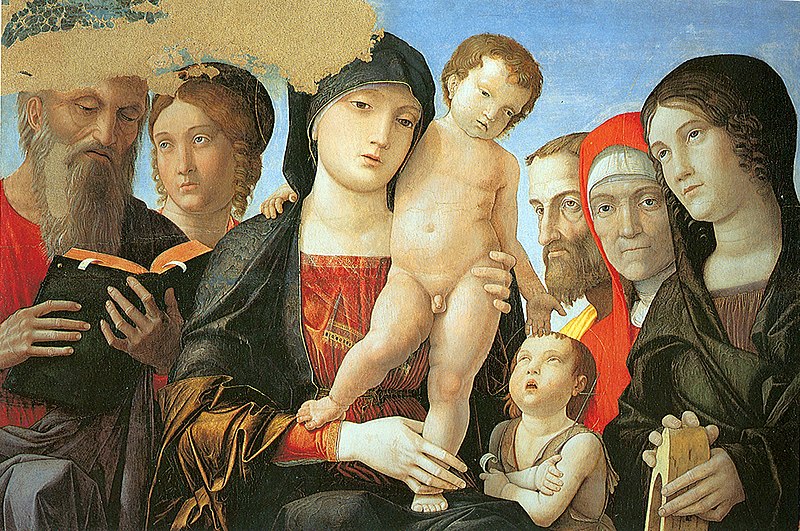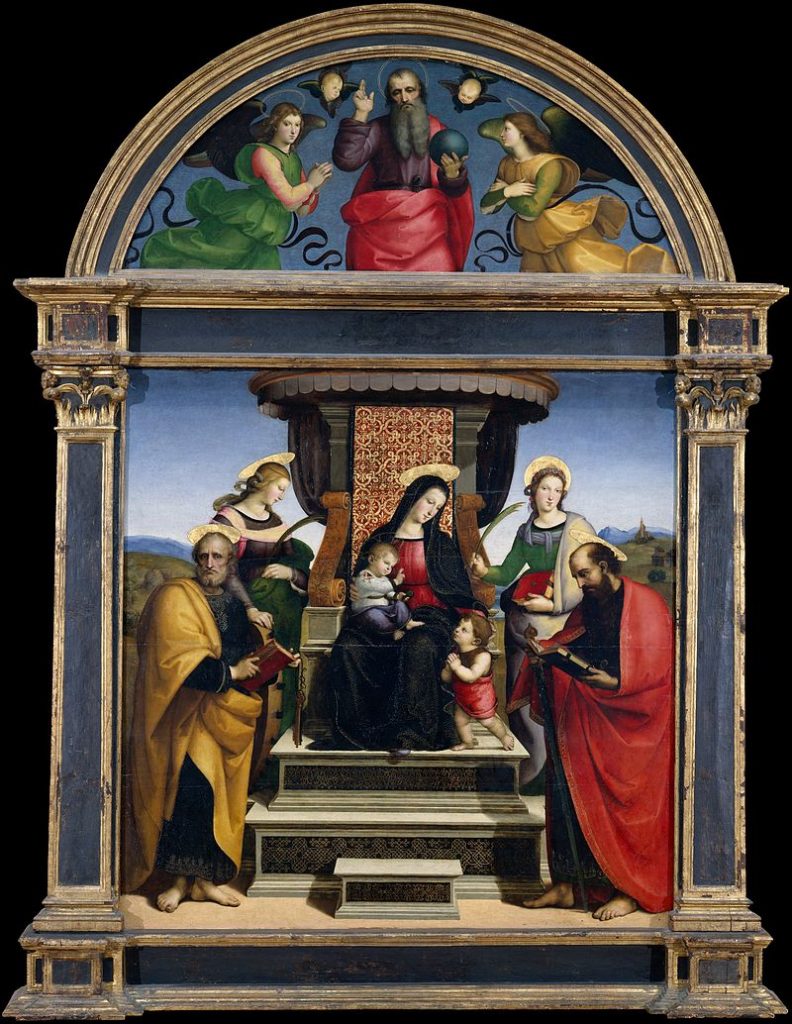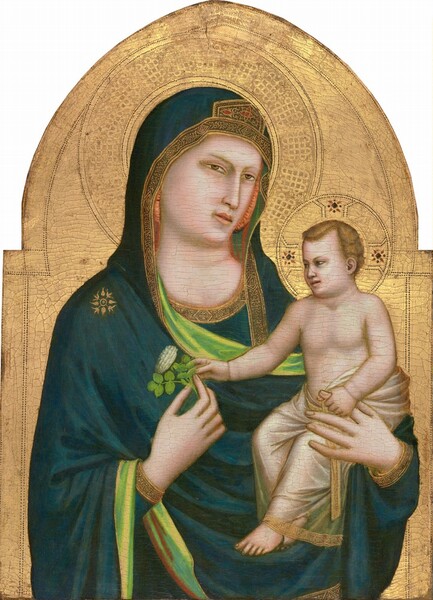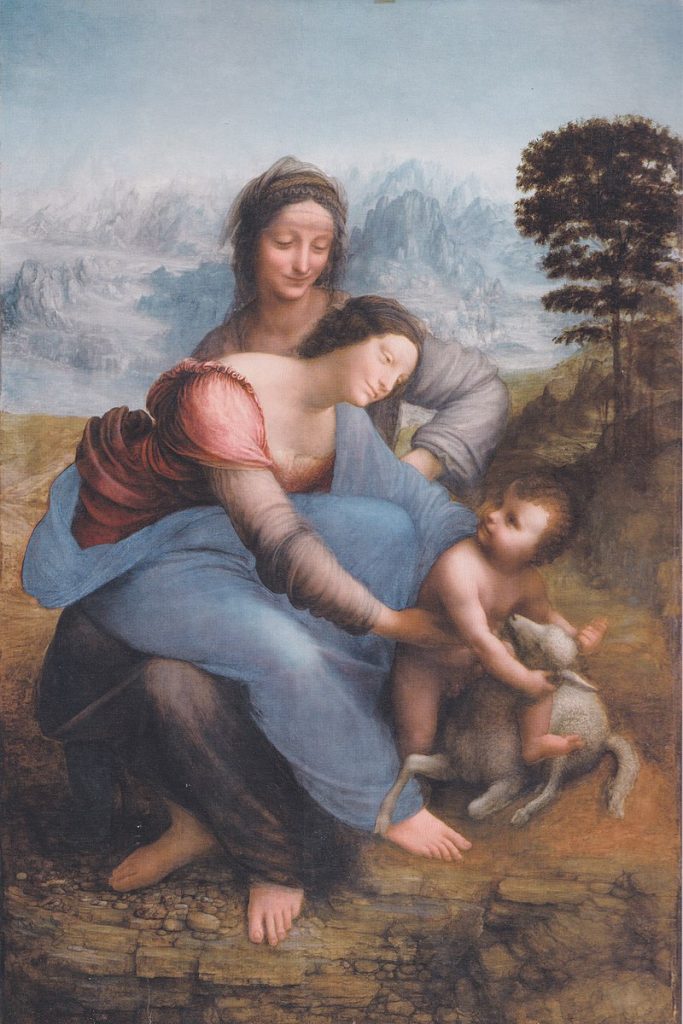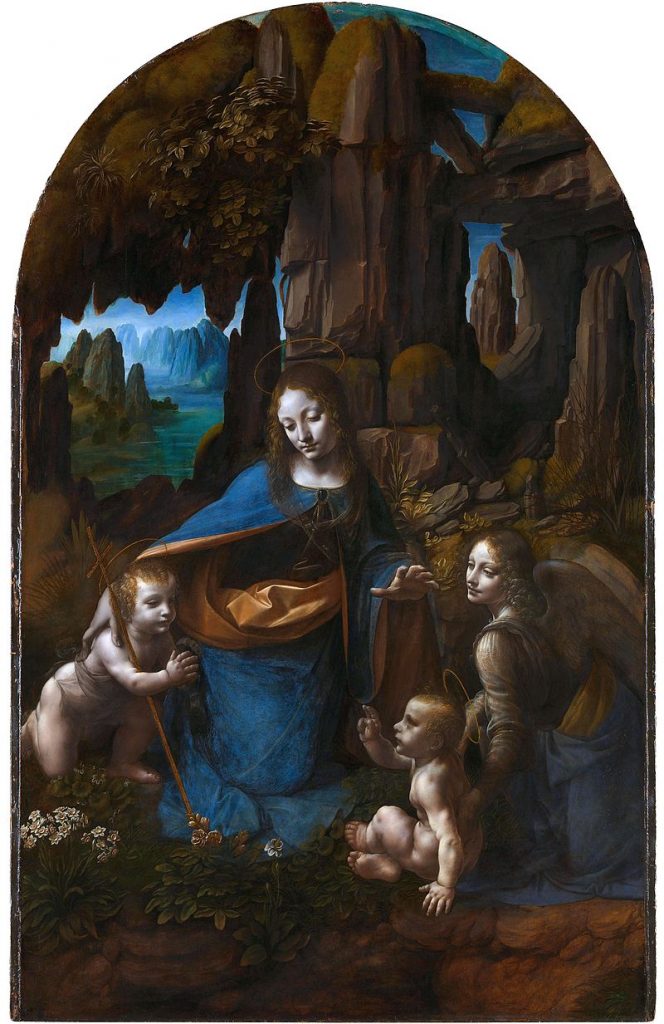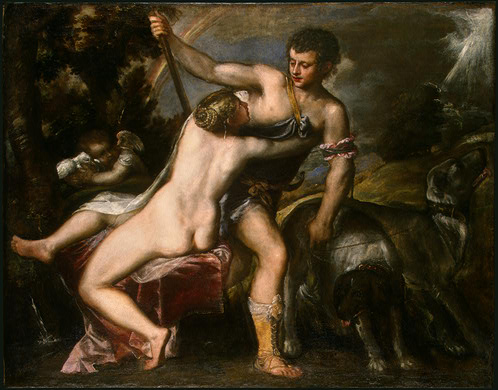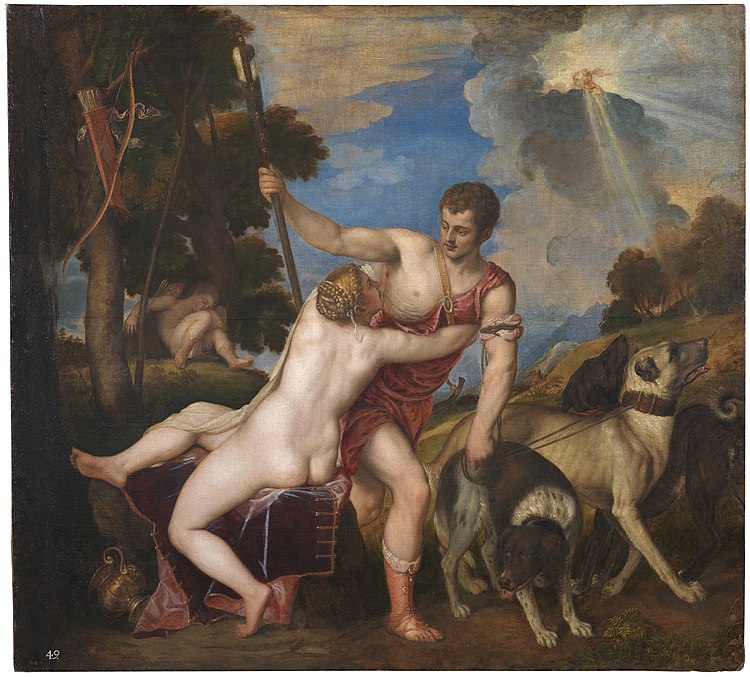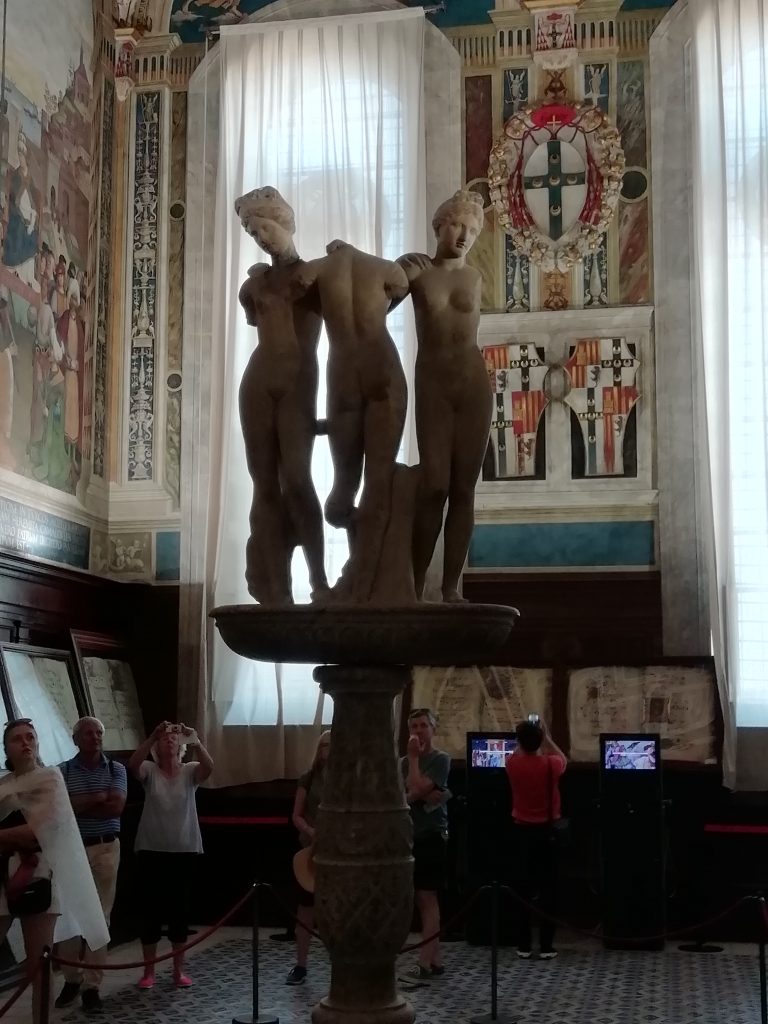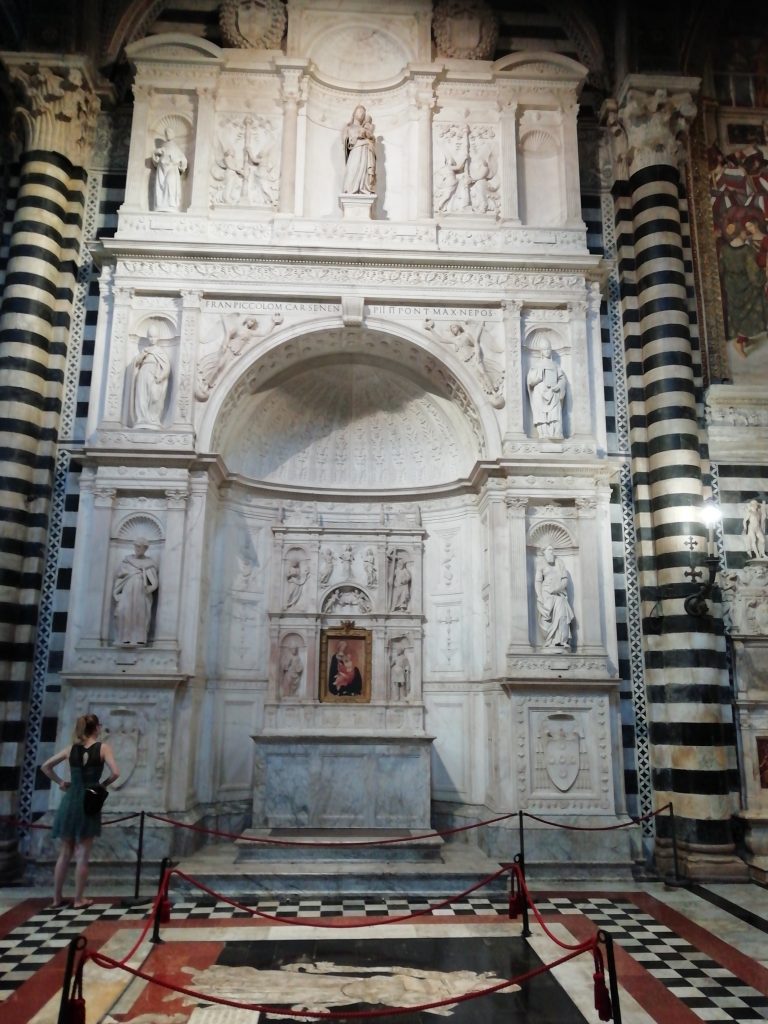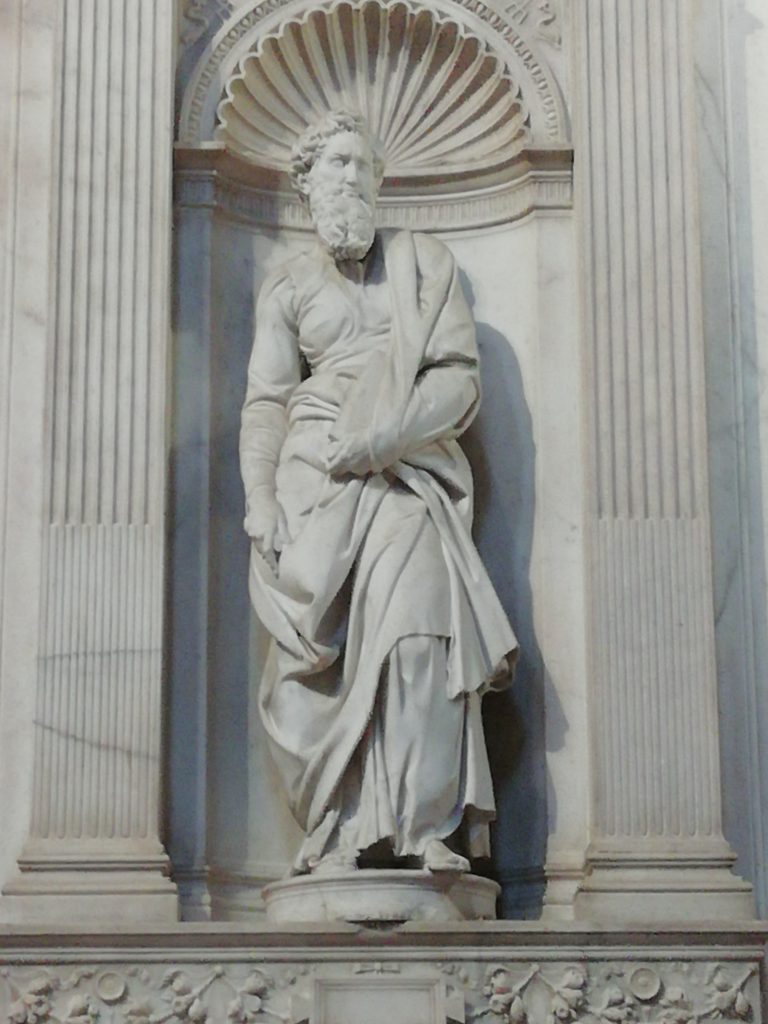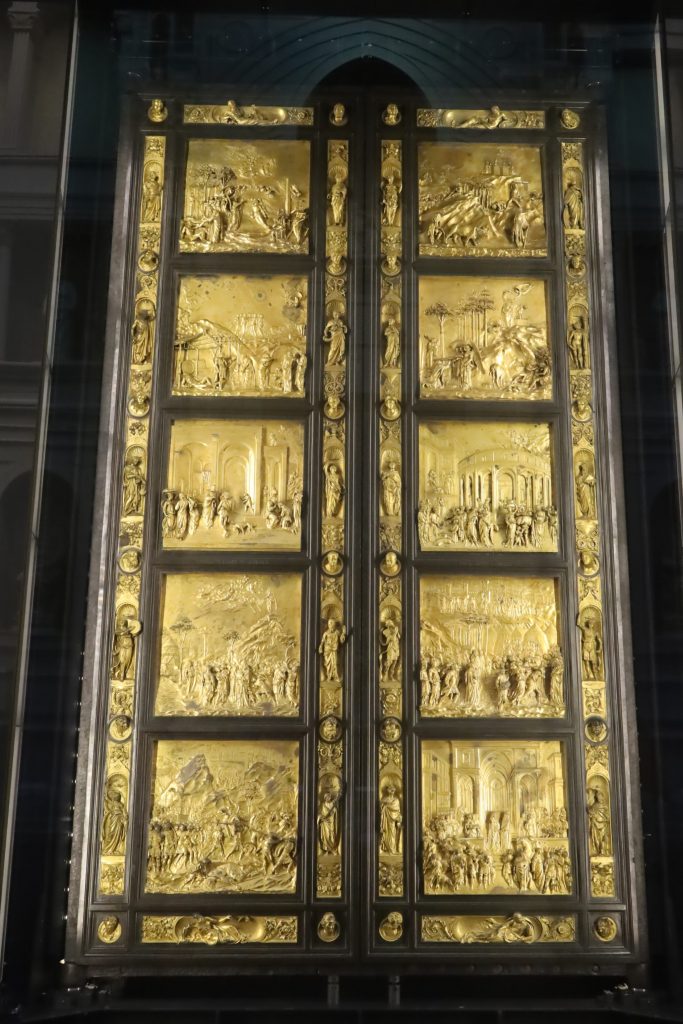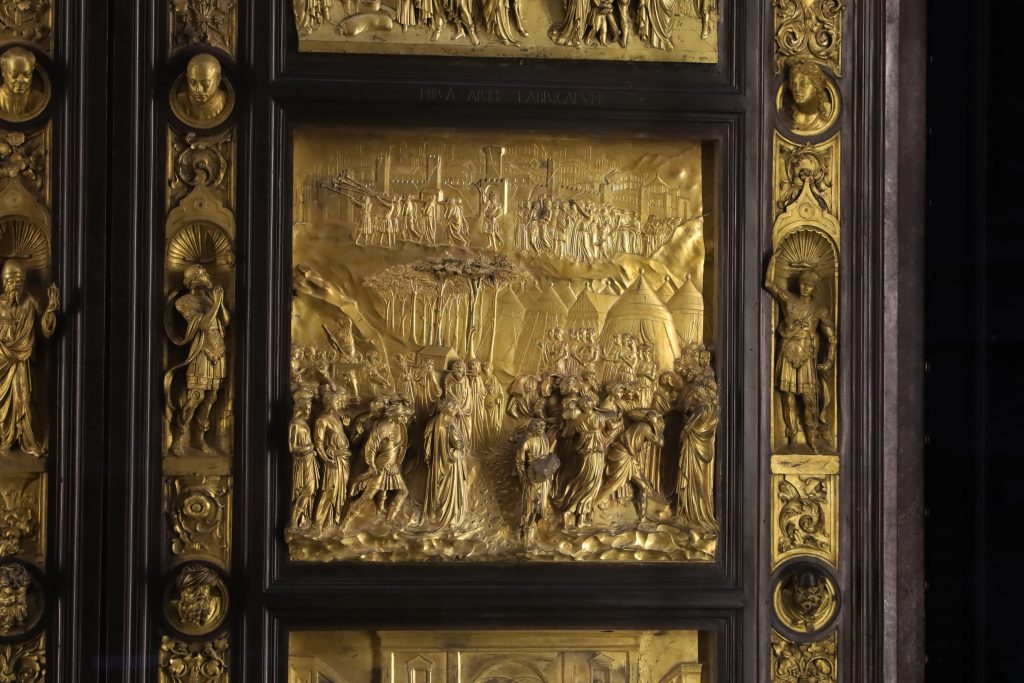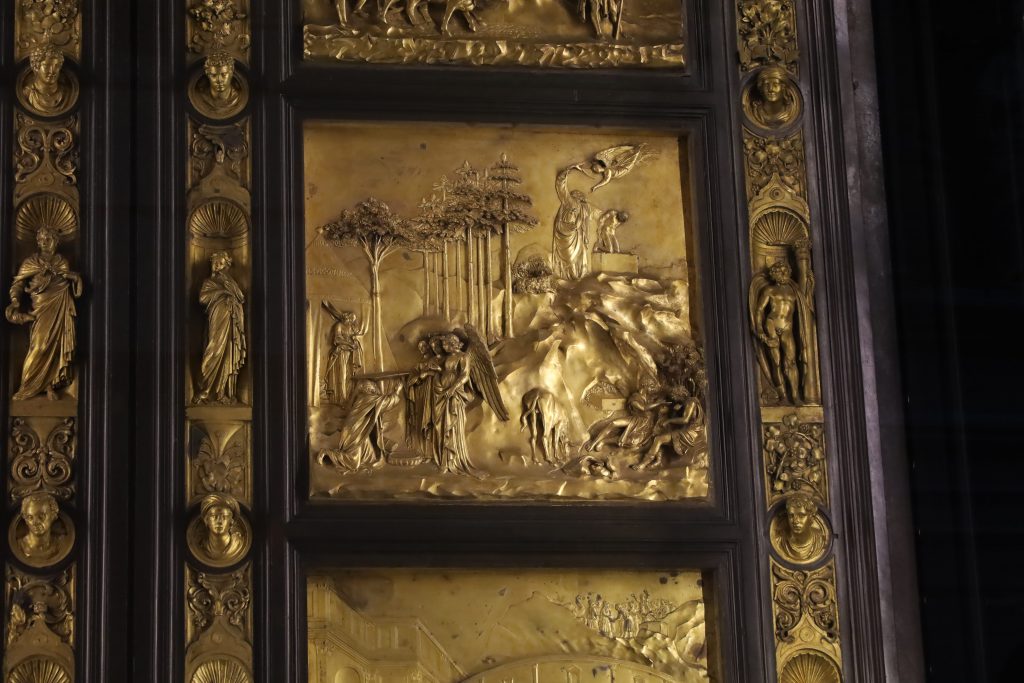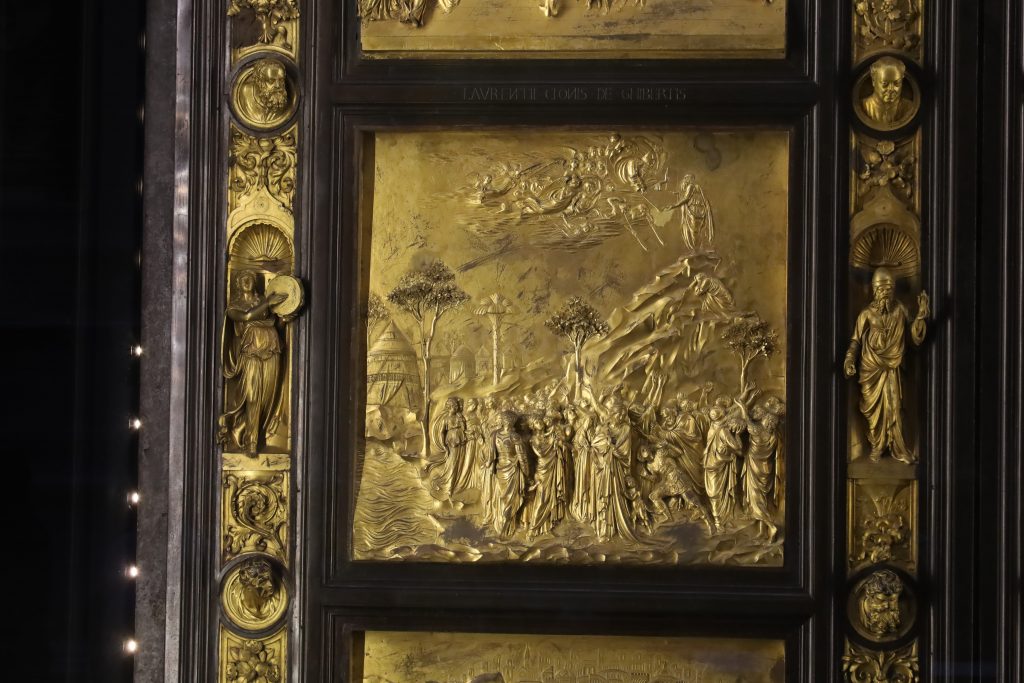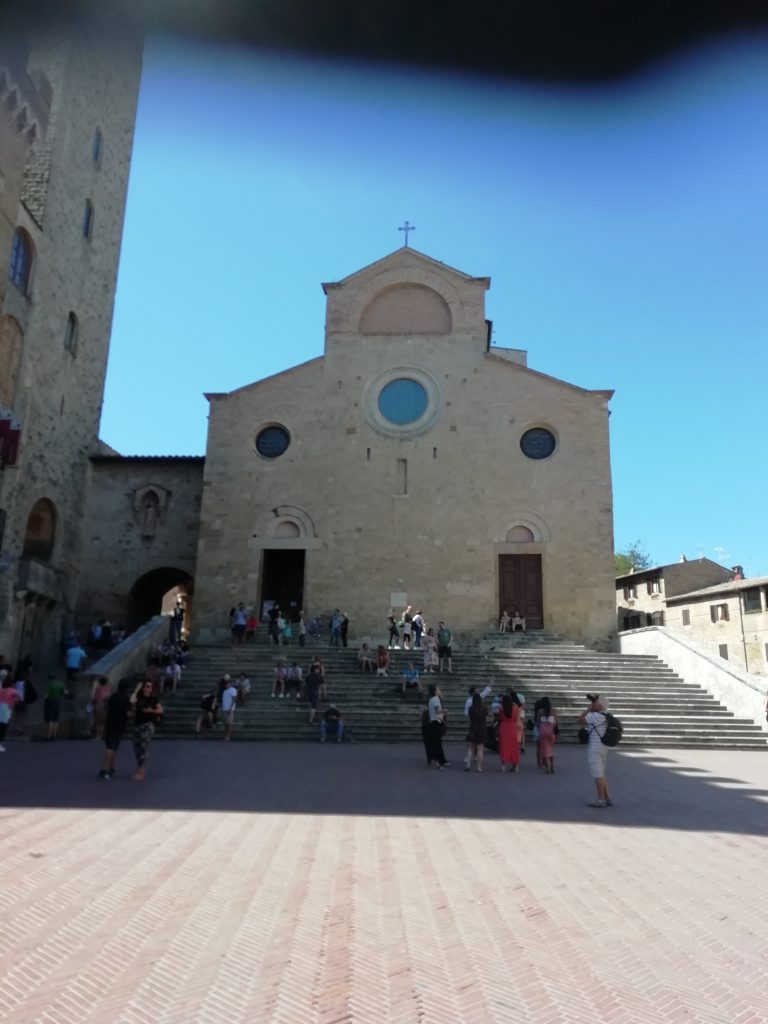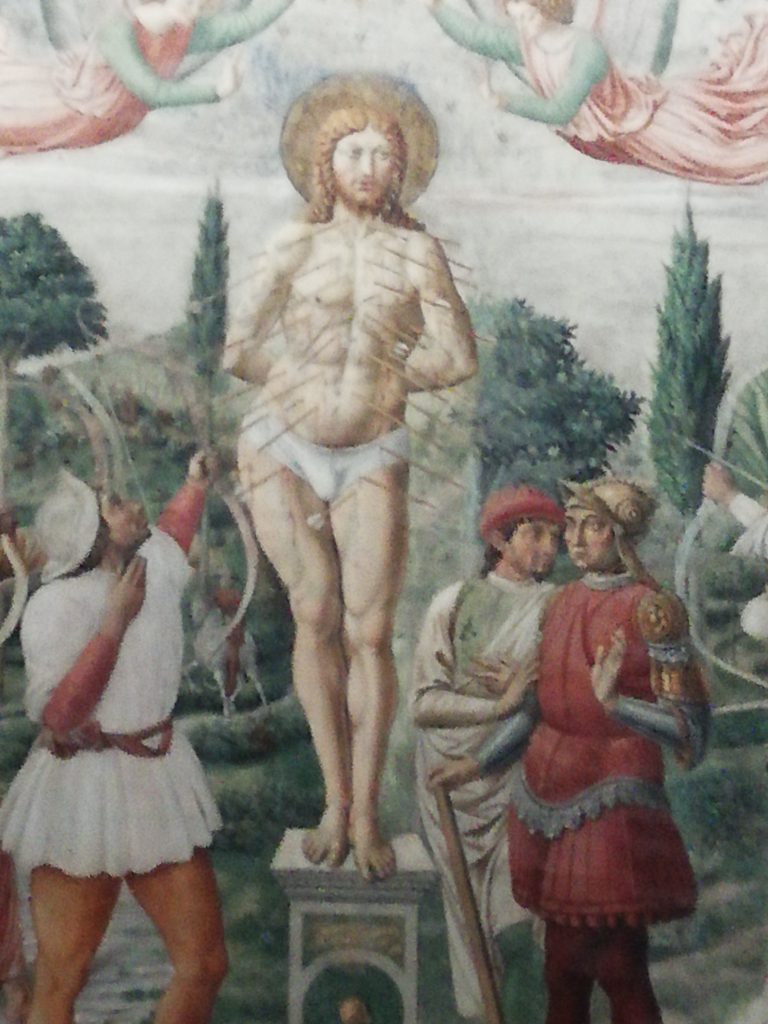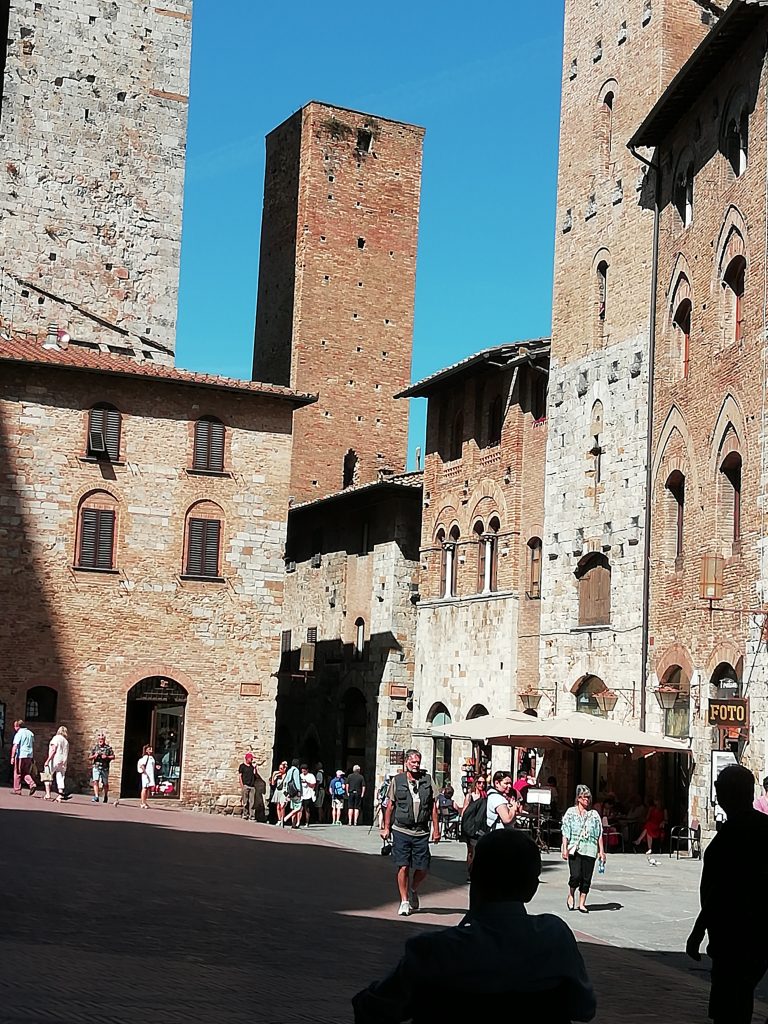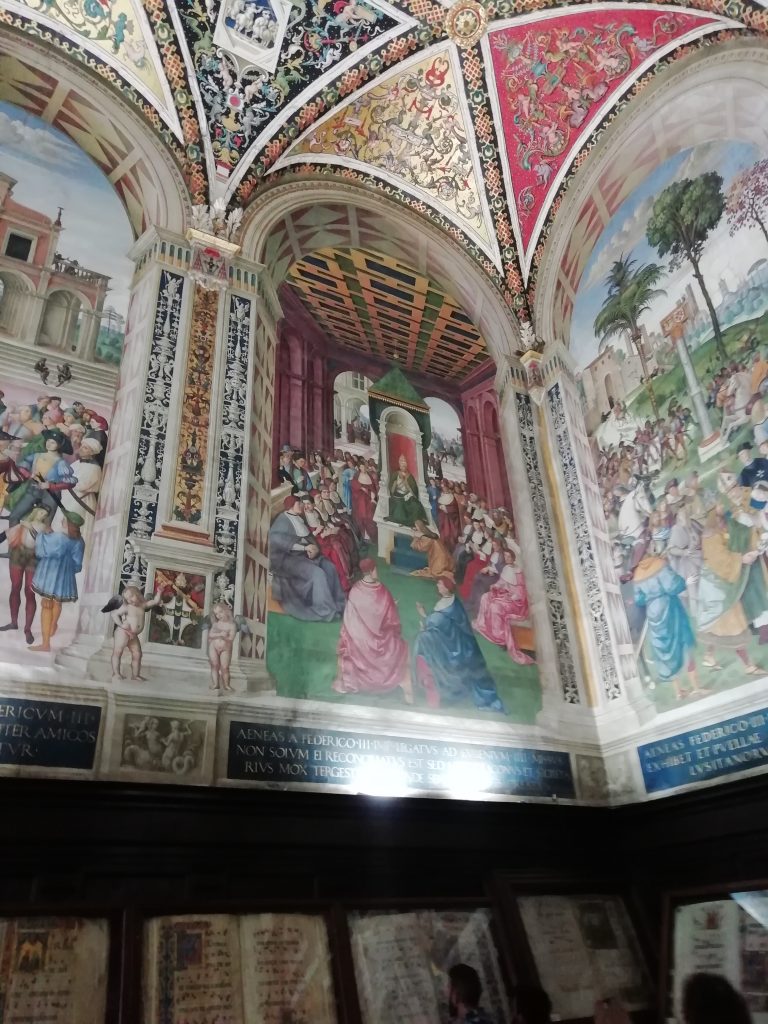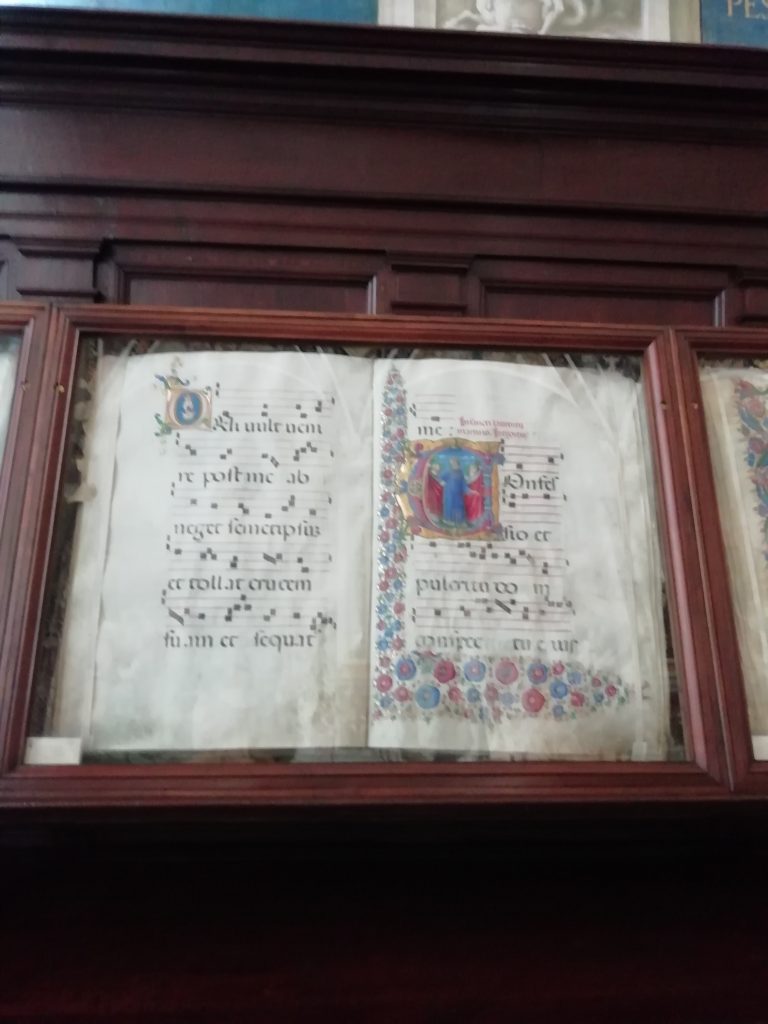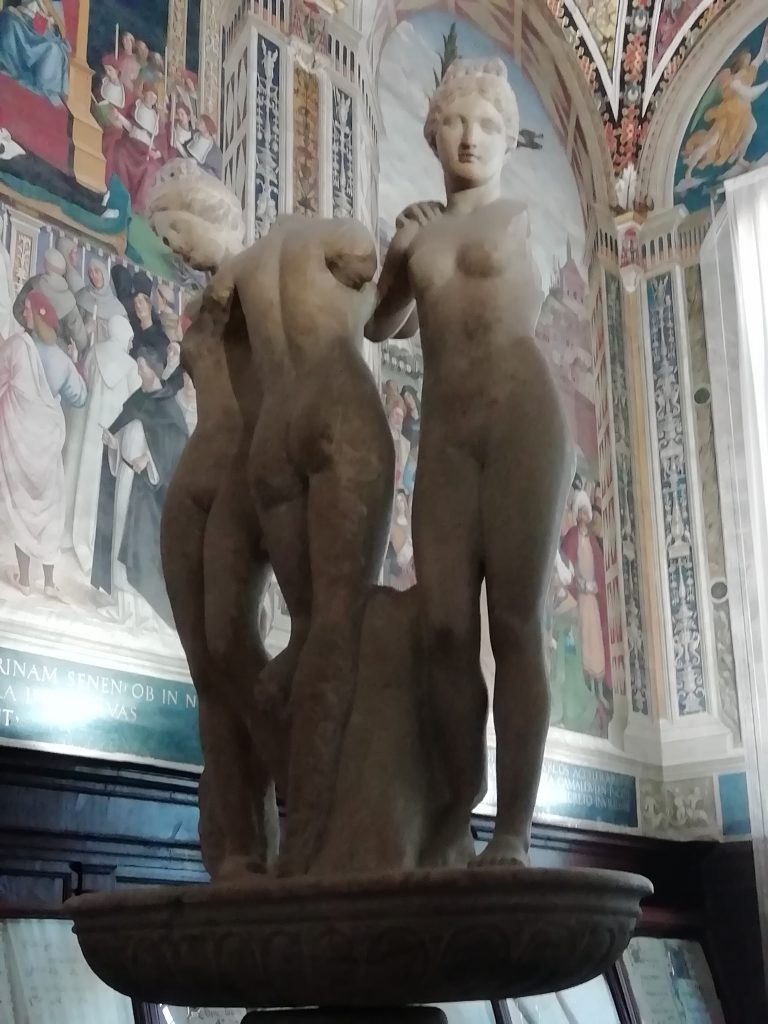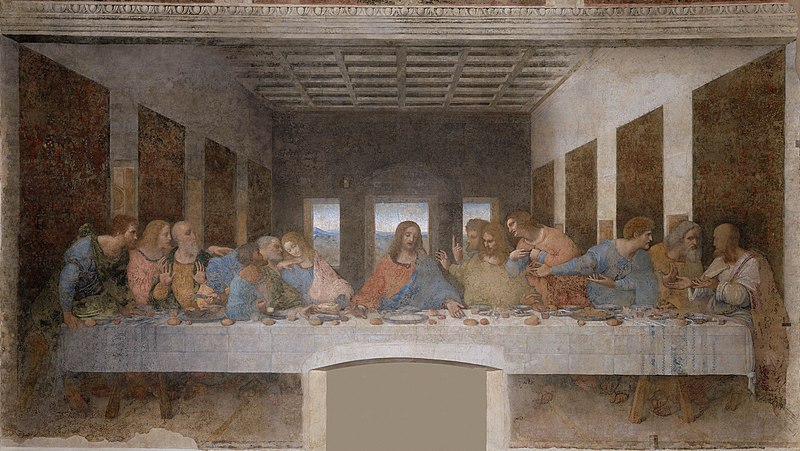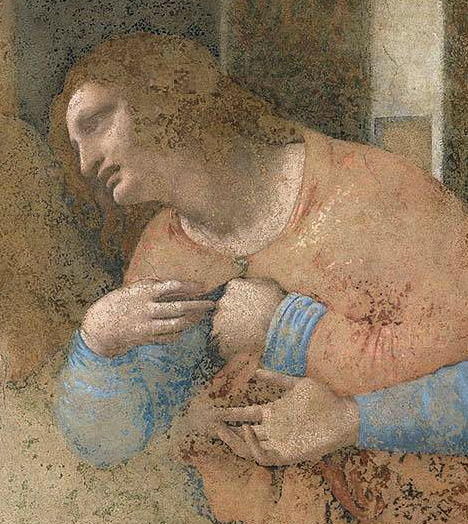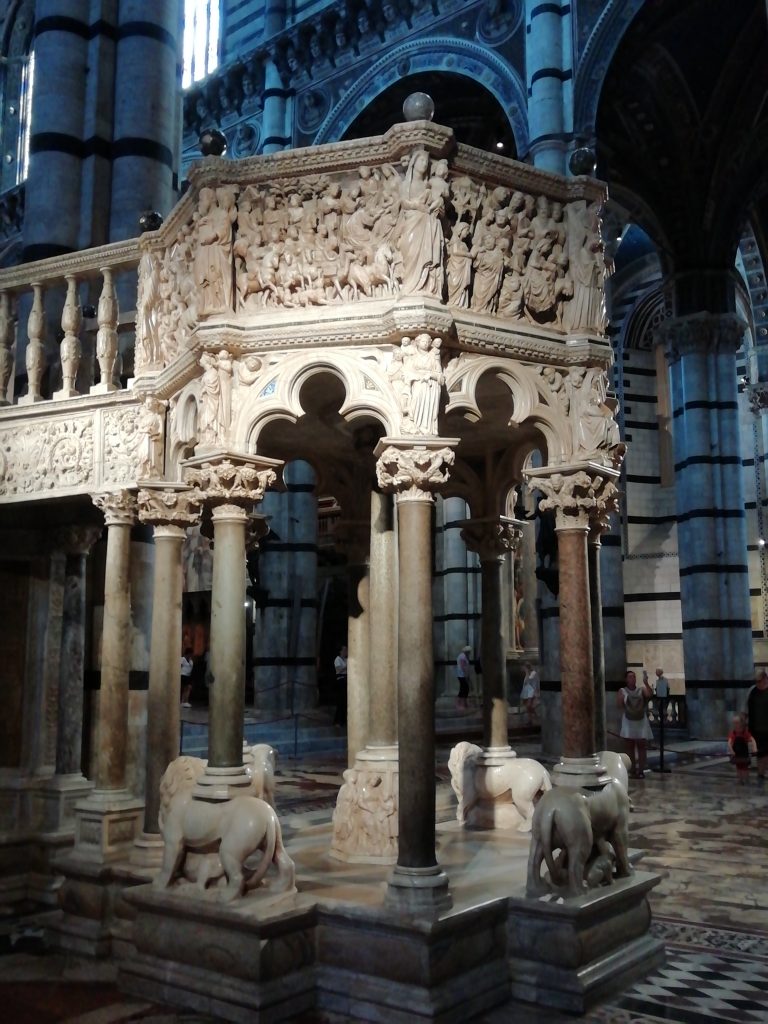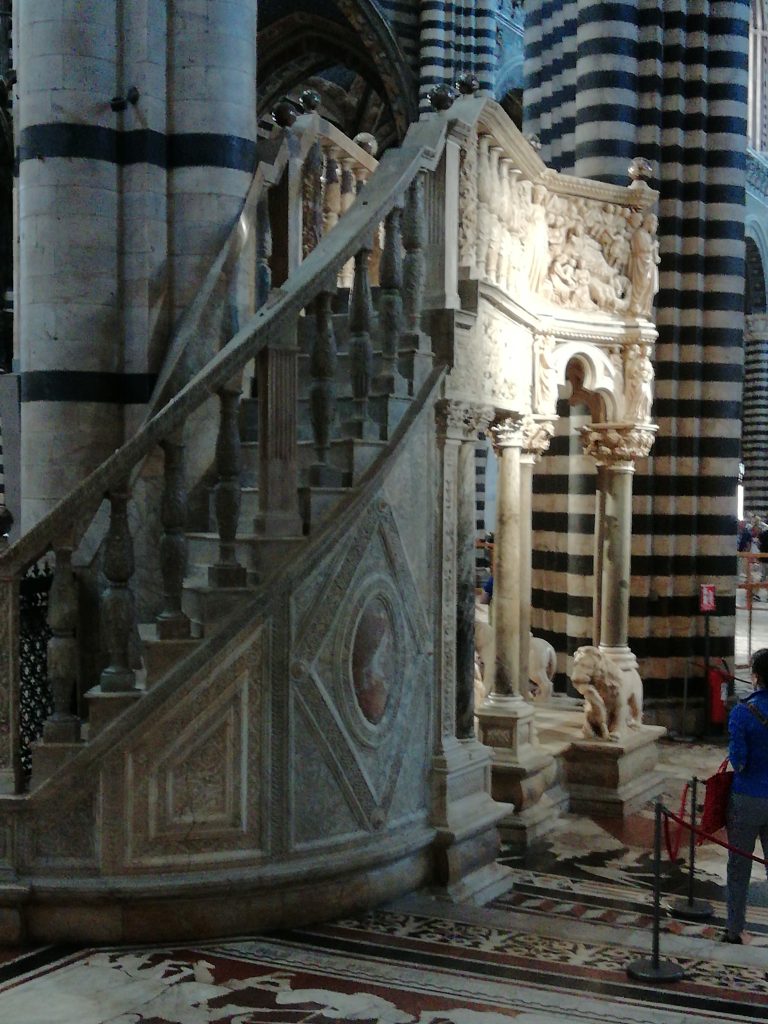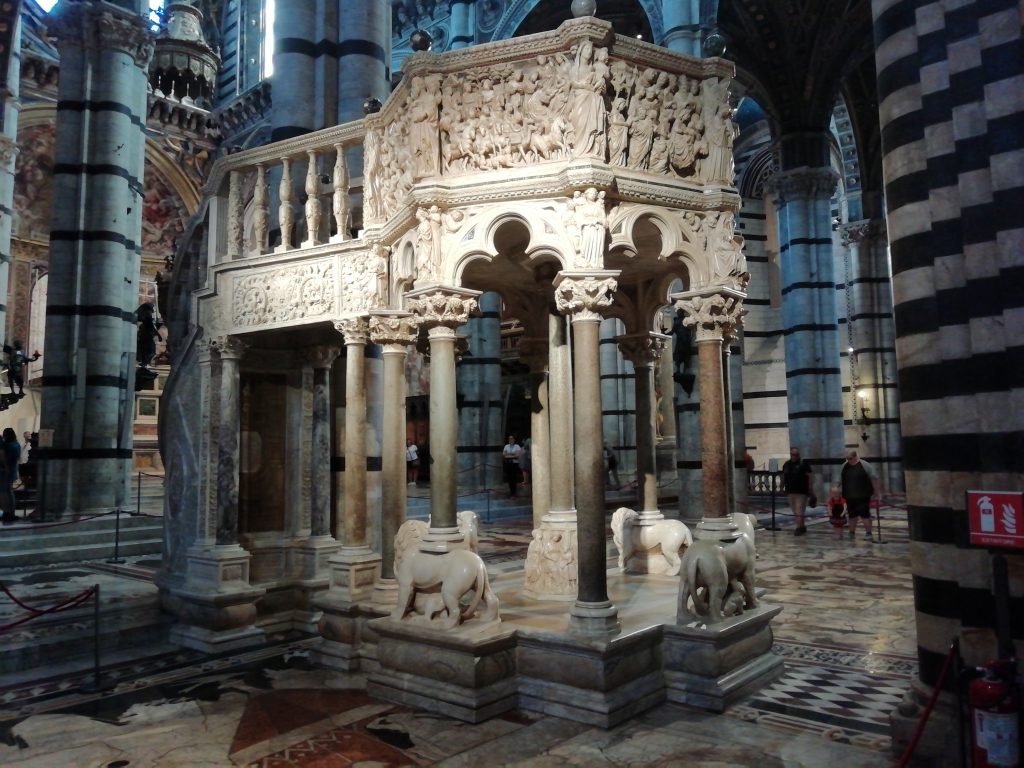Introduction: Wassily Kandinsky, a pioneer of abstract art, embarked on a remarkable artistic journey throughout his lifetime. His artistic development can be examined by contrasting his early artwork with his late works, with a specific focus on the year 1925. This period marked a pivotal moment in Kandinsky’s career, where his artistic style evolved significantly, reflecting his profound exploration of abstract expressionism and his pursuit of a spiritual connection with art. By comparing and contrasting Kandinsky’s early and late works, we can trace the trajectory of his artistic evolution and gain insights into the driving forces behind his innovative approach.
Early Artwork: Exploration of Symbolism and Impressionism In Kandinsky’s early artwork, influenced by Symbolism and Impressionism, we witness his efforts to convey emotions and subjective experiences through figurative representations. His paintings from this period often depict landscapes, cityscapes, and figurative elements, albeit with a visible emphasis on color and form.
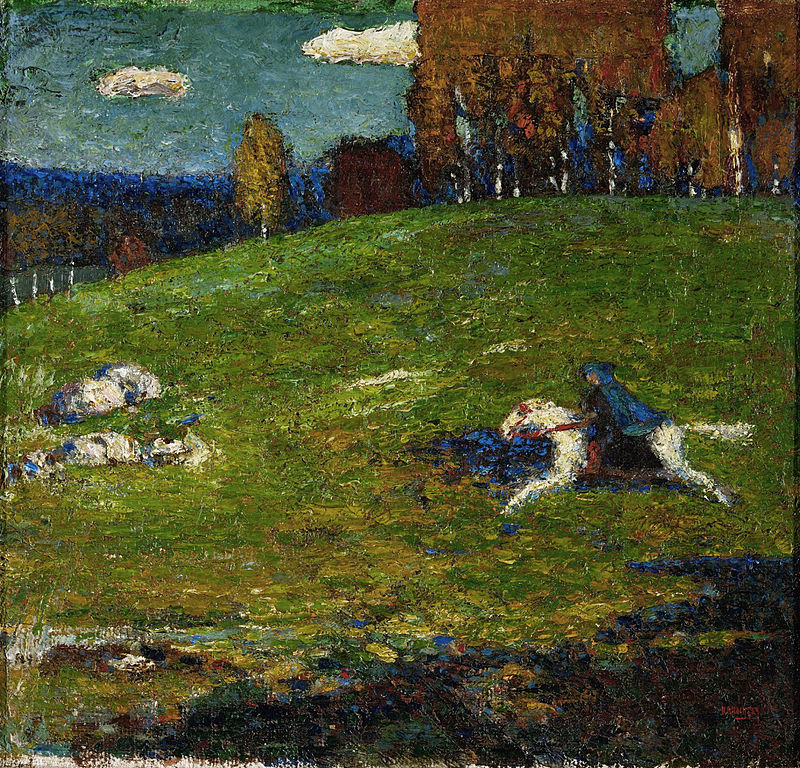
The Blue Rider 1903
For instance, “The Blue Rider” (1903) showcases his interest in the interplay between color and mood, as vibrant blues and greens convey a sense of tranquility and introspection.
Another notable early work is “Improvisation 7” (1910), which demonstrates Kandinsky’s growing interest in abstraction. While still grounded in recognizable forms, the painting introduces fragmented shapes and bold brushstrokes that foreshadow his later departure from representational art. These early pieces exemplify Kandinsky’s inclination towards exploring color, line, and shape as tools for emotional expression, laying the groundwork for his later revolutionary works.
Late Works: Emergence of Pure Abstraction and Spiritual Connections In contrast to his early works, Kandinsky’s late works, particularly those from 1925, represent a departure from representational art towards pure abstraction. During this period, Kandinsky delved deeper into his quest for a spiritual connection with art, striving to evoke emotions directly through the interplay of colors, shapes, and forms. Works such as “Composition VIII” (1923) and “Yellow-Red-Blue” (1925) exemplify this shift.
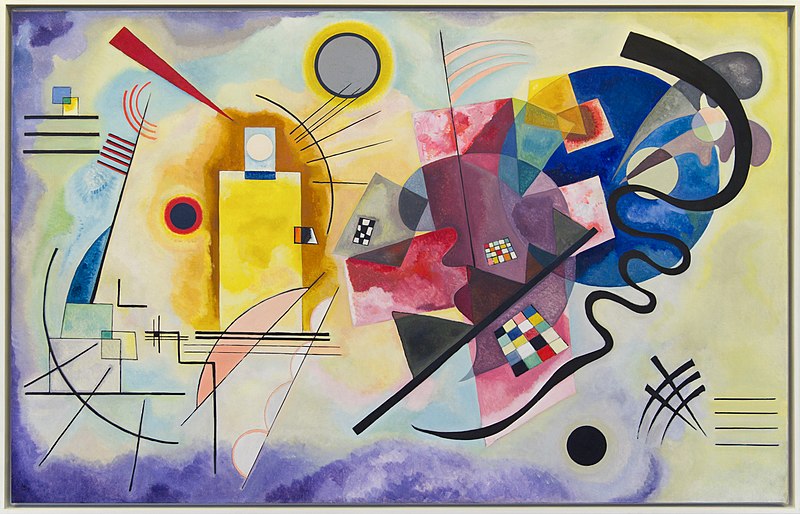
In “Composition VIII,” Kandinsky creates a complex web of intersecting lines, geometric shapes, and vibrant colors. The painting eludes any literal interpretation, encouraging viewers to engage with the artwork purely on an emotional level. The arrangement of elements is purposeful, creating a sense of dynamic energy and movement, capturing the viewer’s attention and prompting a deeper contemplation of the painting’s inherent spirituality.
Similarly, in “Yellow-Red-Blue,” Kandinsky employs simple geometric shapes in bold primary colors to create a harmonious composition. The arrangement of forms suggests a cosmic order, with each shape and color interacting to evoke emotional responses and a sense of spiritual transcendence. By embracing pure abstraction, Kandinsky liberated himself from the constraints of representational art, allowing viewers to experience art beyond the confines of the physical world.
Comparisons and Contrasts: When comparing Kandinsky’s early and late works, several striking differences emerge. In his early works, Kandinsky’s focus on symbolism and impressionism reflects a more representational approach, with recognizable forms serving as a means to convey emotions. These paintings exhibit a sense of experimentation, particularly in his use of color and composition, which would later become more pronounced in his abstract works.
In contrast, Kandinsky’s late works prioritize pure abstraction, shedding any figurative elements and emphasizing the power of color, shape, and form to evoke emotions directly. His departure from representational art indicates a profound shift in his artistic philosophy, rooted in a desire to tap into expressionism through the abstract form.

